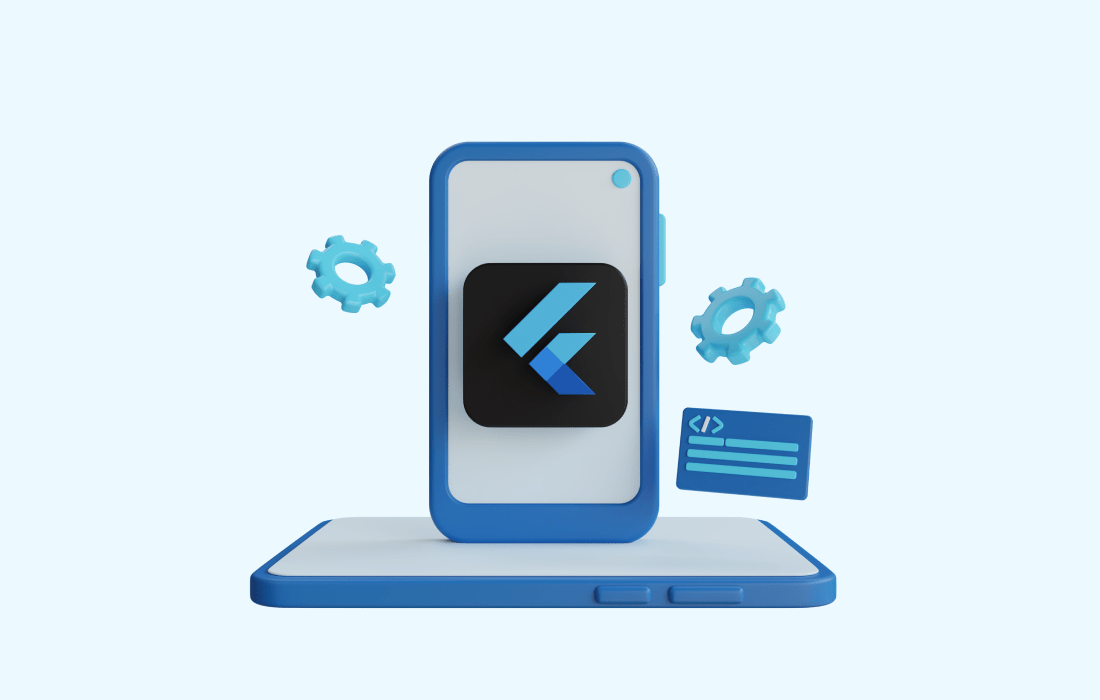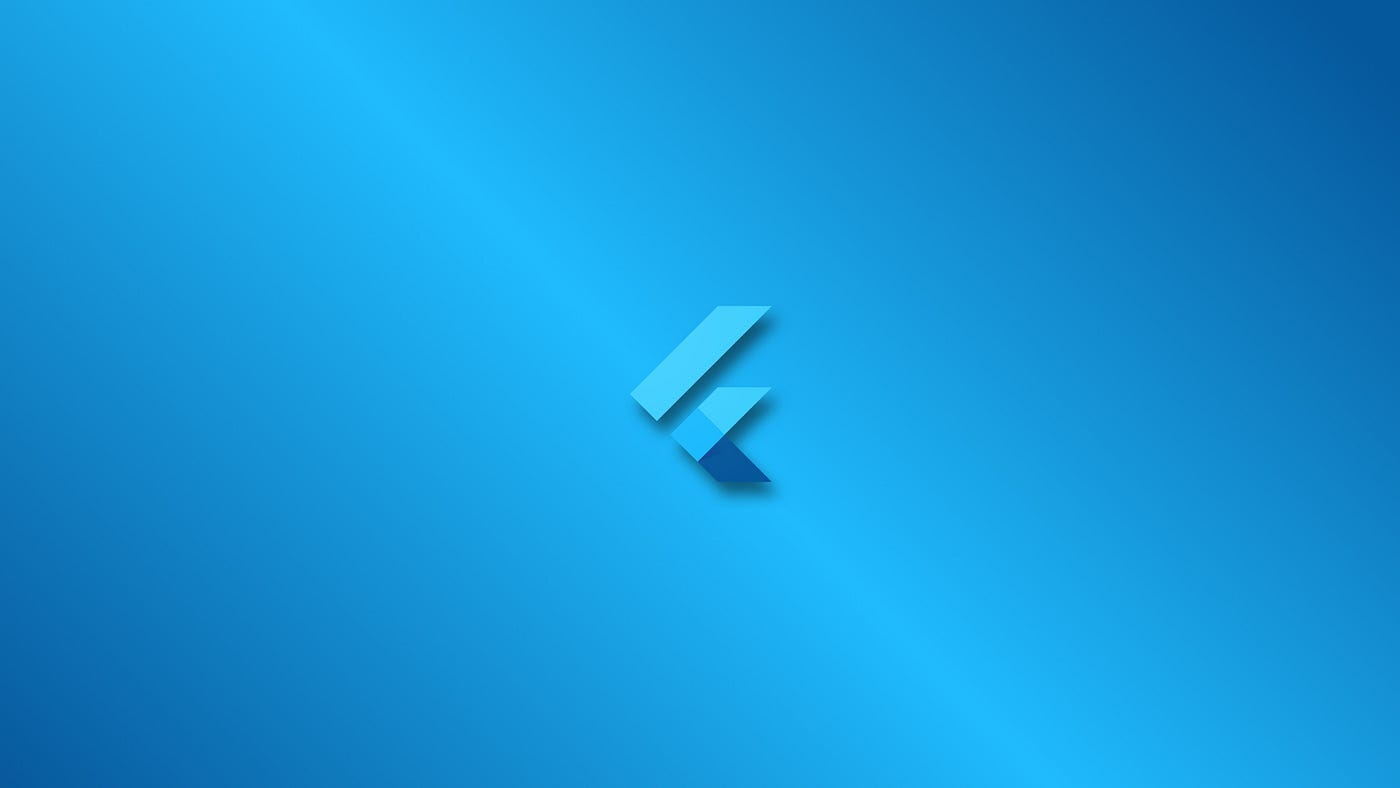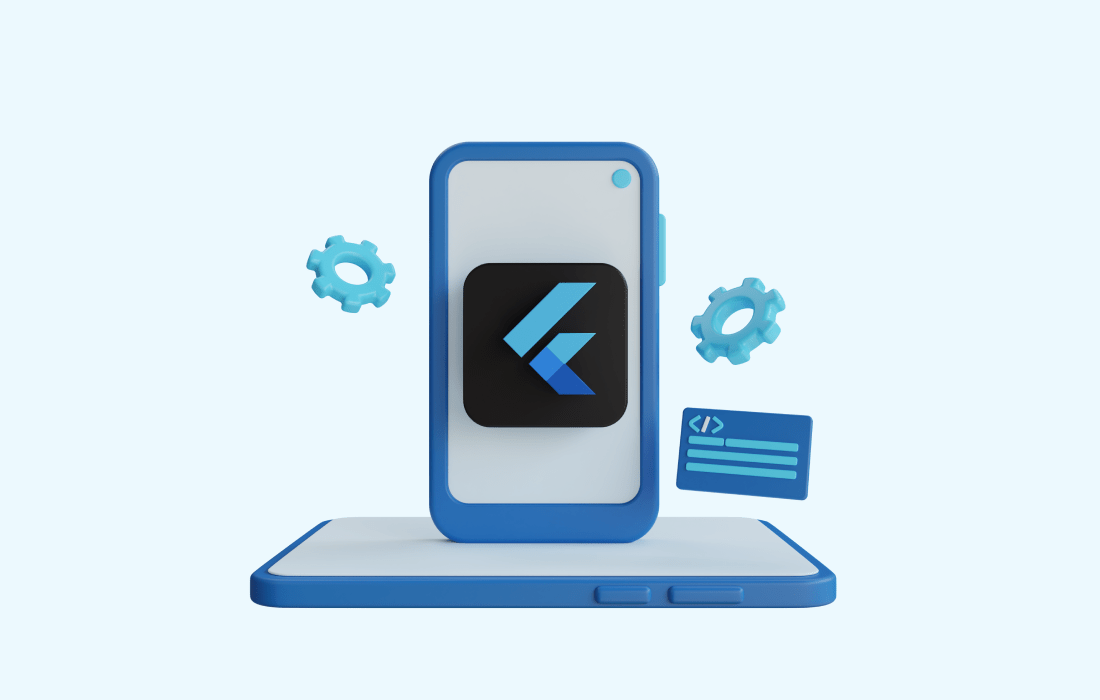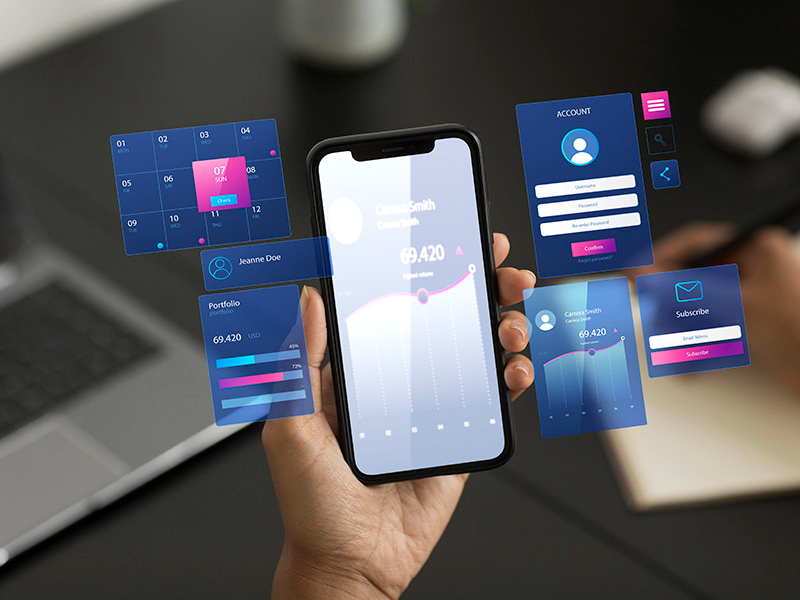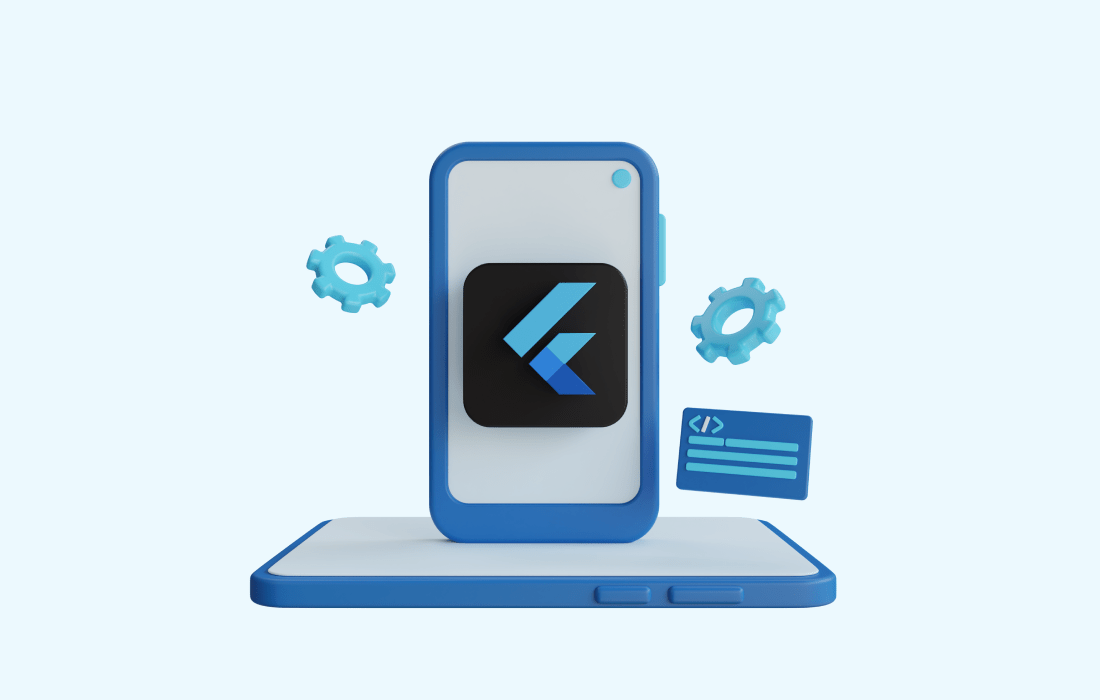How to Reduce Flutter Build Size Without Losing Features
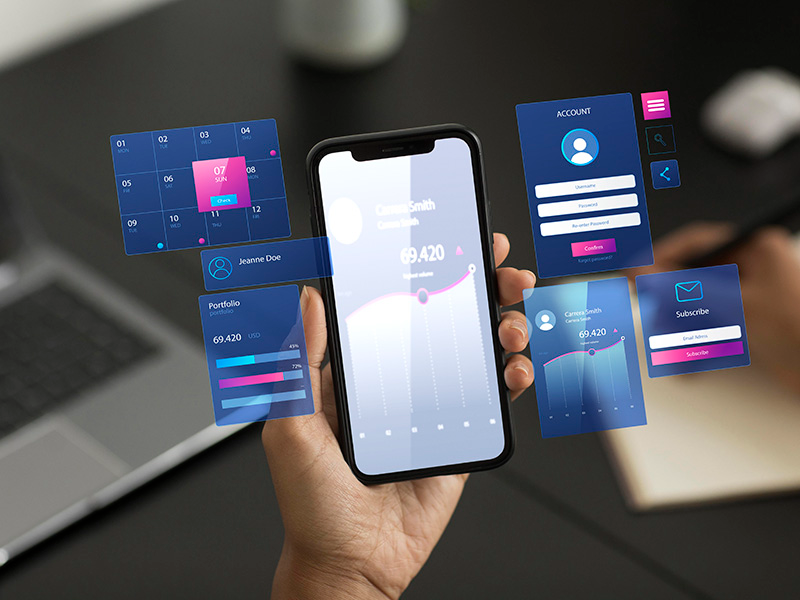
Strong 8k brings an ultra-HD IPTV experience to your living room and your pocket.
Introduction
In today’s fast‑paced mobile landscape, every megabyte matters. A lean application not only downloads faster—minimizing user friction and data costs—but also consumes fewer device resources, delivering a smoother, more responsive experience. This is especially critical for users on low‑end devices or in regions where network bandwidth and storage space are at a premium.
Yet, reducing your Flutter app’s footprint doesn’t have to come at the expense of rich functionality or polished UI. In this comprehensive guide, we’ll explore a suite of battle‑tested Flutter app size optimization techniques—from code obfuscation and ABI splitting to image compression and deferred loading—that help you keep all the features your users love while shaving off unnecessary bloat.
By the end, you’ll have the know‑how to deliver a lightweight, high‑performing Flutter Mobile App that delights users and respects their device and data constraints.
1. Analyze Your App’s Size
Before you optimize, understand where the weight lies:
Bash
flutter build apk --analyze-size
This generates a JSON report you can view in DevTools to see which assets, packages, or native libraries contribute most to size.
2. Enable Code Obfuscation & Tree Shaking
By default, Flutter’s AOT compiler removes unused Dart code, but you can enhance this:
Tree Shaking for Dart: Already on in release mode.
Obfuscation
yaml
# android/app/build.gradle
buildTypes {
release {
signingConfig signingConfigs.release
minifyEnabled true
shrinkResources true
proguardFiles getDefaultProguardFile('proguard-android.txt'), 'proguard-rules.pro'
}
}
And in your flutter build:
bash
flutter build apk --release --obfuscate --split-debug-info=/
This strips debug symbols and shortens identifiers, cutting binary size.
3. Split Binaries by ABI
Delivering a universal APK bundles all native libraries. Instead, split by ABI:
bash
flutter build apk --target-platform android-arm,android-arm64,android-x64 --split-per-abi
Users download only the slice they need, reducing their download by up to ~30%.
4. Remove Unused Resources & Packages
Audit pubspec.yaml and remove dependencies you no longer use.
Delete unused image assets or consolidate them into sprite sheets.
Use vector formats (SVG) for icons via packages like flutter_svg, which often weigh less than PNGs.
5. Compress and Resize Images
High‑resolution assets inflate size. Automate image optimization in your CI pipeline:
Use tools like pngquant or mozjpeg.
Generate multiple resolutions and load only what’s needed via AssetImage variants.
6. Leverage Deferred Components (Android) & Code Push
For large, optional features (e.g., tutorials, maps):
Android Deferred Components let you load modules on demand.
Flutter code push (via services like Firebase Remote Config or third‑party solutions) can download new content or features after install.
7. Minimize Native Platform Footprint
If you don’t need certain AndroidX or iOS frameworks, exclude them:
In Android’s build.gradle, remove unused implementation lines.
Shrink iOS pods by disabling bitcode or excluding unused architectures in your Podfile.
8. Web-Specific Optimizations
If you convert flutter app to web, use:
bash
flutter build web --pwa-strategy=offline-first
Tree shaking removes unused JS.
Deferred loading (deferred keyword) lets you split code into smaller chunks.
9. Monitor and Iterate
Regularly re-run size analysis after adding new features. Integrate size checks into your CI so you catch regressions early.
Real-World Tip from Four Strokes Digital
At Four Strokes Digital, we helped a client cut their APK from 45 MB to 18 MB—without dropping offline maps or analytics—by combining ABI splits, image compression, and deferred components. Their download‑to‑install rate jumped by 22%.
Conclusion
Effective Flutter app size optimization balances lean binaries with rich features. By analyzing size, obfuscating, splitting ABIs, pruning assets, and leveraging deferred loading, you’ll deliver snappier installs and happier users.
For expert flutter development services or guidance in advanced App Development Technologies, reach out to teams who’ve scaled countless Flutter Mobile Apps at enterprise scale.
Note: IndiBlogHub features both user-submitted and editorial content. We do not verify third-party contributions. Read our Disclaimer and Privacy Policyfor details.



